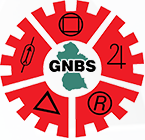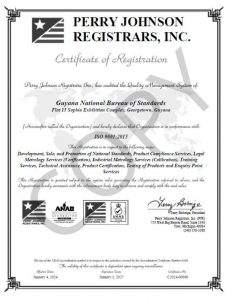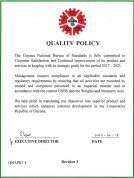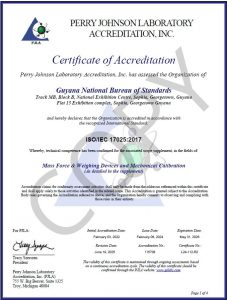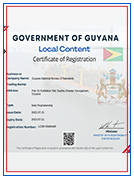The expansion of the housing sector, coupled with investments in oil and gas, real estate, and agriculture, has propelled Guyana’s economy, triggering a spike in the demand for new infrastructure. This weekend, at the International Building Expo, manufacturers and distributors are showcasing a diverse array of modern and traditional building materials and methods to meet this rising demand. As an exhibitor, the Guyana National Bureau of Standards (GNBS) is actively promoting the use of National, Regional, and International Standards to ensure that the materials meet quality requirements.
To promote structurally sound buildings and related infrastructure, the GNBS has available twenty-one (21) construction-related standards. These standards address the safety, durability, and resilience of structures against natural hazards such as floods and vibrations. The Bureau continuously seeks to develop new standards or adopt those from the CARICOM Regional Organisation for Standards and Quality (CROSQ) and other standardisation bodies.
Among the many standards adopted by the GNBS is the GCP 38 Code of Practice for the construction of houses. Adopted from CROSQ, this document applies to single-storey houses up to 7.62m x 12.19m in plan, built using hollow block masonry or timber-framed walls with timber-framed or concrete roofs. It provides technical information to supervise the construction of a safe and durable house and to facilitate checks during the construction phase.
This standard is crucial as urbanisation, combined with natural population increases and shifting demographics, drives the necessity for expanding housing infrastructure. With more people seeking homes, effective planning and construction practices are essential to ensure that housing developments not only accommodate new residents but also address the evolving needs of existing communities and the effects of climate change.
The standard covers pre-construction planning, including the necessary approvals for building, the need for a contract between the contractor and client to address the obligations of both parties, and procedures for making changes or resolving disputes. The document also addresses materials to be used for the foundation and other aspects of the house, treatments for termites, excavations, risk assessments, and more.
Other notable construction-related standards include the GCP 9-3 Code of Practice for Building: Fire Safety Use and Occupancy, GYS 527-2018: Requirements for the Design and Construction of Septic Tanks and Associated Secondary Treatment and Disposal Systems, GYS 168: Bases for Design of Structures – Serviceability of Buildings Against Vibration, GCP 9-1: Code of Practice for Building – Enforcement, GYS 200: Specification for Hollow Clay Blocks, GYS 215: Specification for Load-Bearing Masonry Concrete Units, GYS 227: Specification for Ready-Mixed Concrete, and GCP 9-13: Code of Practice for Buildings – Foundations and Excavations.
Manufacturers, distributors, building engineers, contractors, homeowners, and anyone involved in this important sector can purchase digital copies or physical prints of these standards from the GNBS. Interested stakeholders can also visit the Bureau’s standards portal at gnbsguy.com to review the scope of the standards.
The GNBS’s participation in the International Building Expo underscores its commitment to promoting standards that ensure the safety, quality, and sustainability of construction materials and systems. As Guyana continues to develop, adherence to these standards is vital to enhancing the quality and safety of our infrastructure.
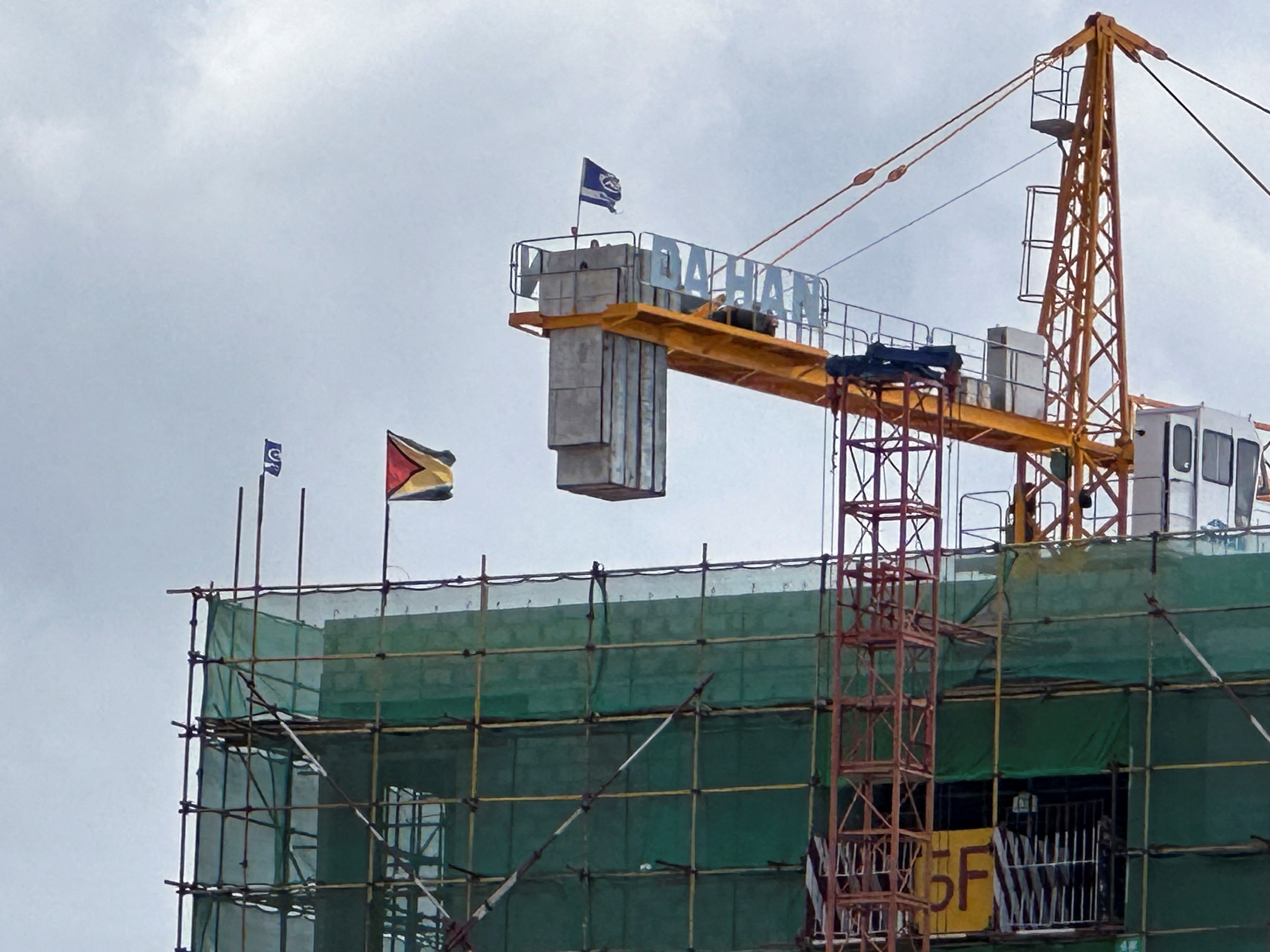
09
Aug

